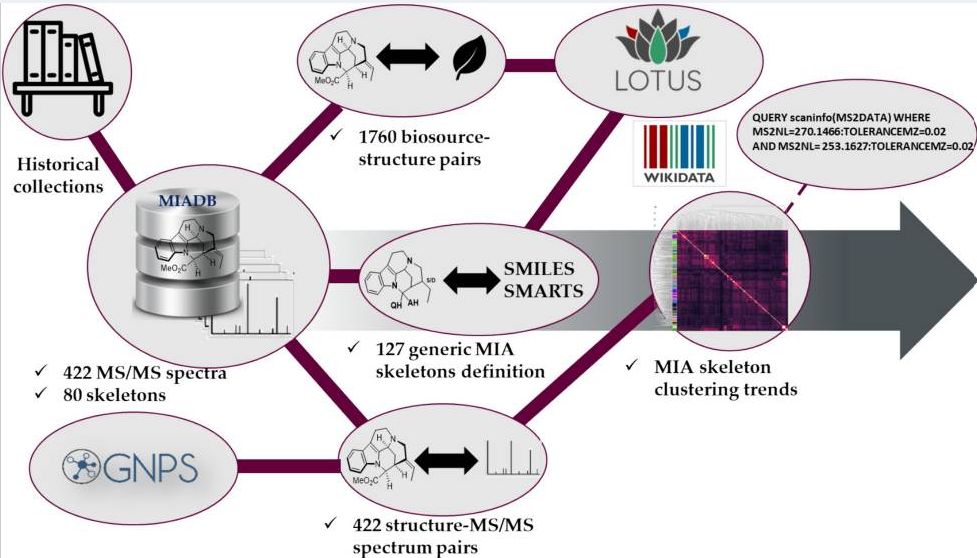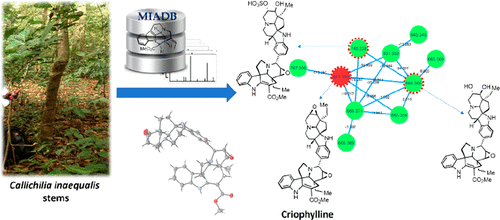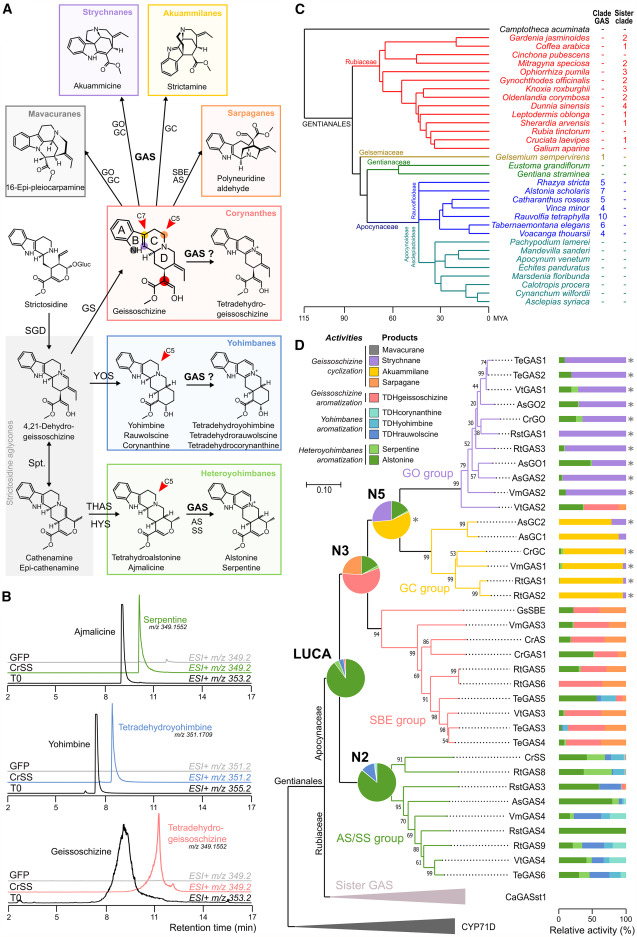Harmful algal blooms (HABs) represent both ecological and public health hazards in the marine environment. Indeed, some algae can produce metabolites that have negative effects on marine ecosystems and mammals. Kainoid derivatives such as kainic acid (KA) and domoic acid (DA) are considered some of the most toxic metabolites of marine origin biosynthesized by a limited number of micro- and macroalgae. While recent works have provided the first insights into the biosynthetic route of KA in red algae and DA in diatoms, the DA biosynthetic pathway has remained uncharacterized for red algae. In a recent work, the research groups of Chekan and Moore have not only elucidated the biosynthetic pathway of DA in the red alga Chondria armata but also shed light on its complex evolution among marine species. We discuss here the importance of pursuing active research in this area to gain insights into secondary biosynthetic pathways in marine organisms for diagnostic and metabolic engineering perspectives.






